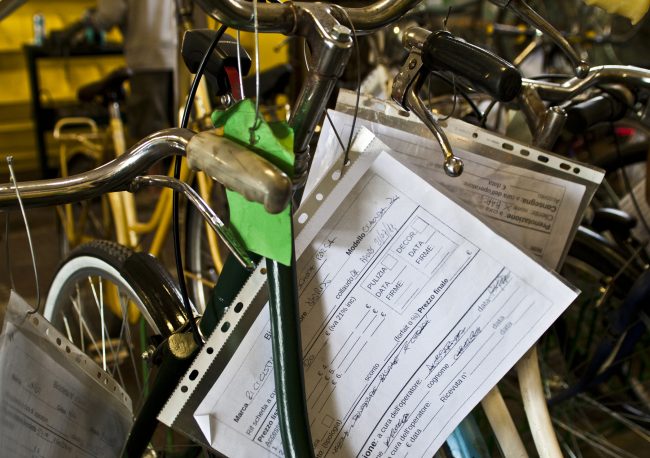Buying a second-hand bicycle can be the right compromise between available budget and personal needs. Or because you want to try a new discipline without cope with important investments.
On websites of secondhand trade there are quite a few occasions. Often, it’s about bikes purchased on impulse which soon are proving unsuitable for the owner but also top-of-the-range bikes, used for just a season. In the latter case, the selling price is convenient, to say the least.
Second-hand is the ideal solution even if you are a good bike mechanic and are able to easily replace the components most subject to wear. With a few spare parts, the used bike can come back as new.
When buying a second-hand bicycle, you need to look out to three things:
1) Check the origin of the bicycle
When you resort to second-hand bikes, the risk of have to deal with stolen bikes is serious. Unfortunately, the law doesn’t predict any property certificates for bicycles. To protect you, you can ask the seller o show you the purchase receipt and the manual with the warranty and the frame number that each store must deliver to the buyer.
In addition, we must avoid too obvious ads of new bikes sold with discounts of 70-80% compared to the new one.
If you suspect that an ad is actually about a stolen bike, try to take a look at specialized sites that show photos of stolen bikes. You might find a match.
Alternatively, contact your trusted retailer who also handles the sale of guaranteed used goods.
2) Choose the right size
Don’t make the mistake of buying a used bike of the wrong size only for the advantageous price. It will be your body to be affected and it’s definitely more important than any sum of money. Before you buy the bike don’t give up to trying it: get on the saddle, pedal and analyze the sensations that it gives you back.
3) Check frame and overall health
All components subjected to wear can be replaced, so don’t linger on the saddle, handlebars, gearbox, but focus on the frame by checking that there are no cracks or scratches.
After that, you can go and analyze the rest of the bike.
